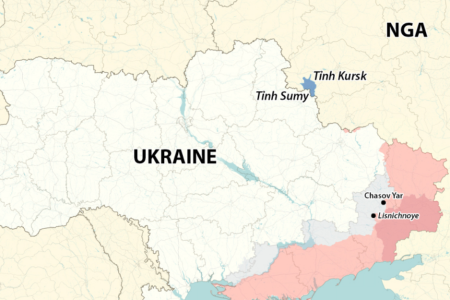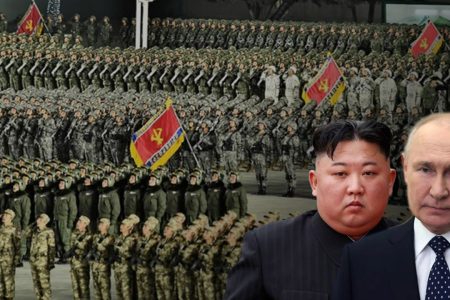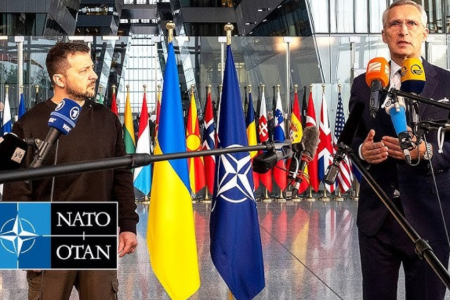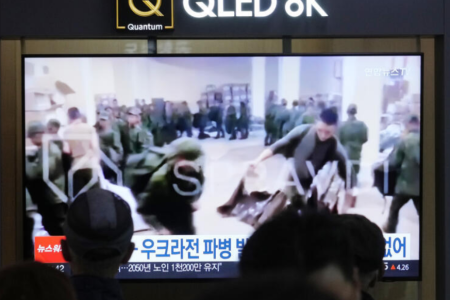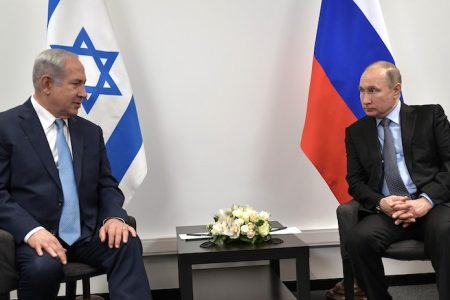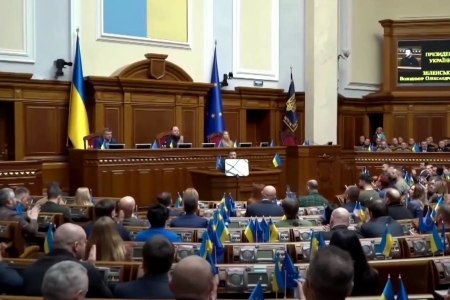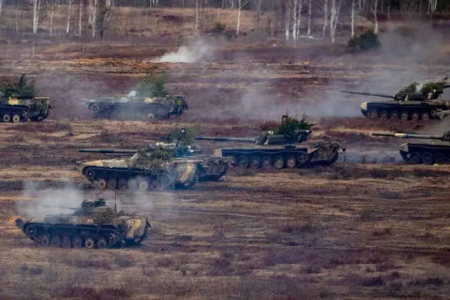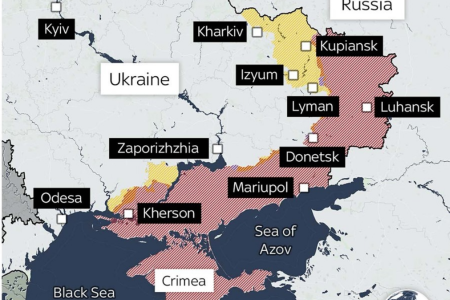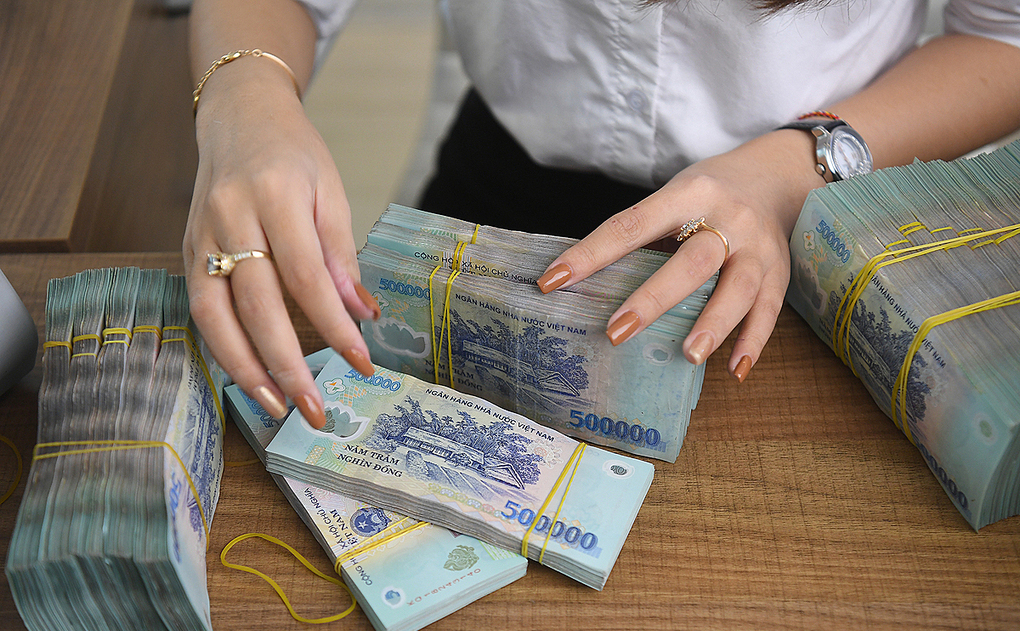
Although Vietnam is not officially a member of the Belt and Road Initiative (BRI), it received more than $16.3 billion in a China-funded projects in the 2000-2017 period.
Although China’s debt burden is not as heavy as that of many other countries, a recent report on China’s economic support programs shows that the burden of debts that Vietnam borrows from China has increased, far exceeding what people expect to receive from China. As we often think, it creates many political risks and impacts the potential policies of the Vietnamese government’s relations with China, which are already vulnerable to harassment and intimidation by coercion.
$385 billion in hidden debt
On the website The Diplomat, researchers Zachary Abuza and Phuong Vu, when looking at the AidData report on China’s overseas loan and aid portfolio, found a total of about $385 billion in undisclosed and lower disclosure debt.
This dataset looks at 13,000 projects funded by China, totaling $843 billion in 165 countries, between 2000 and 2017. Although the data covers many non-BRI projects, China’s loans and financial assistance have in fact increased significantly since the launch of the BRI in 2013. This report shows that on average, the government has “announced debt and interest payments to China that are now and in the future below actual levels, equivalent to about 5.8% of GDP.”
How did the potential debt burden become so large? The AidData report notes that “70% of China’s overseas loans are mainly directly invested in state-owned enterprises, state banks, special purpose funds, joint ventures, and private sector organizations in host countries.”
Why is the debt so big? First, China’s lending rates aren’t cheap, averaging at 4%, almost four times higher than lending rates from Japan or the European Union. Second, China has a high level of collateral requirements, regardless of whether it’s property or funds in an escrow account controlled by China.
Even if Beijing may not have any intention of going against a sovereign state if it can’t repay its debts, China has no qualms about letting its businesses squeeze debts, seize partners’ assets abroad, for example Sri Lanka and Laos.
The amount of money that countries owe to China is huge: 42 developing countries, including four Southeast Asian countries (Laos, Brunei, Cambodia and Burma) have “Chinese public debt that accounts for more than 10% of GDP.”
To what extent is Vietnam’s Chinese debt located?
According to the two authors, the situation in Vietnam is particularly serious. Vietnam ranks eighth in receiving China’s Official Other Flows (OOF) in the 2000-2017 period. In Southeast Asia, in total, Vietnam ranks second, after Indonesia, borrowing $16.35 billion from China. Regarding concessional ODA loans provided by China, Vietnam is only ranked 20th with about $1.37 billion. However, due to long-standing doubts about the BRI, so far, Vietnam has not had an infrastructure project, officially within the framework of the BRI.
It can be said that, until Ho Chi Minh City – the economic center of the country – was locked down because of the Covid-19 pandemic, Vietnam had an excellent economic growth. As Vietnam moves to attract companies and many countries are looking to separate from China, infrastructure is the biggest obstacle for Vietnam.
The Global Infrastructure Hub estimates Vietnam’s infrastructure development needs $605 billion in 2016-2040. At a time when Vietnam is becoming richer, public assistance for development, bilateral and multilateral commercial loans are at their peak. The demand is so high that Vietnam has to mobilize foreign funding sources, in the context of public-private partnership projects, BOT projects facing more and more difficulties and the State budget increasingly limited.
Of course, the BRI has the potential to help Vietnam quench its thirst for capital, and Hanoi has openly endorsed it. In November 2015, both sides agreed to expand bilateral trade, especially border trade, as North Vietnam was already part of China’s supply chain. The two countries also agreed to further promote, though not aligned, China’s BRI and Vietnam’s 2004 development strategy of Two Corridors and One Economic Belt.
In November 2017, Vietnam and China signed a Memorandum of Understanding (MOU) on the joint implementation of China’s BRI and Vietnam’s Two Corridors – One Economic Belt, establish a working group on infrastructure cooperation and a working group on monetary and financial cooperation. Vietnam’s top leaders attended both the 2017 and 2019 BRI forums.
But in internal discussion, leadership and policy advisers have expressed serious doubts. The 2017 Memorandum of Understanding barely materialized for a variety of reasons.
First, China’s lending rates aren’t cheap. For example, China’s ODA loans have very high interest rates, averaging around 3% per year, much higher than Japan’s (0.4 – 1.2%), South Korea (0 – 2%), or India (1.75%).
Furthermore, Chinese loans are subject to a commitment fee of 0.5% and a management fee of 0.5%. While other partners often accept loans to Vietnam for 15 years, with a grace period of 5 years, the term and grace of China is shorter.
Second, Chinese loans come with many additional conditions, including designing and managing projects from Chinese state-owned enterprises, purchasing Chinese technology, and employing Chinese workers. The fact that many of these workers never returned home caused discontent among the locals.
Third, Chinese companies have a “history” of delays, lack of transparency, cost overruns, environmental damage, poor construction quality, and high maintenance costs. A typical example is the Cat Linh – Ha Dong elevated railway line in Hanoi, a project worth $866 million. The poor quality of China’s infrastructure projects is a source of considerable public outcry.
Political spirit
So why does Hanoi continue to seek loans from China? Part of that is due to political calculations, hoping that closer ties with China will limit Beijing’s intimidation and aggression. The Hanoi government has also not publicly expressed concern about falling into Beijing’s “debt trap.” Those debts are still manageable and the economy is still strong enough to pay off the debt. Unlike Laos, Vietnam has a lot of capital.
But these concerns of Vietnam have been confirmed. Hanoi has restricted loans between the two states, encouraging loans without state guarantee through commercial banks, state-owned enterprises, and many private firms to minimize political risks. According to AidData, if you include the State’s debt and other debts (OOF), Vietnam’s total debt to China accounts for 6% of GDP.
In terms of specific numbers, Indonesia is the largest recipient of Chinese loans in Southeast Asia, but overall, Vietnam’s situation seems to be more worrisome, despite its debts. State and other loans, as a share of GDP, are only lower than Laos, Cambodia, Brunei and Burma.
As long as Vietnam can repay the loan to China, even at extremely high interest rates, then the bailiff (debt collector) will not come knocking on the door. But if and when that day comes, the leadership in Hanoi will probably face backlash from nationalist citizens who have a degree of distrust of China.
This is the real political risk for the Hanoi government, the two authors conclude.
Thoibao.de (Translated)
Source: https://www.rfi.fr/vi/vi%E1%BB%87t-nam/20211019-no-vay-trung-quoc-vietnam-rui-ro-chinh-tri



